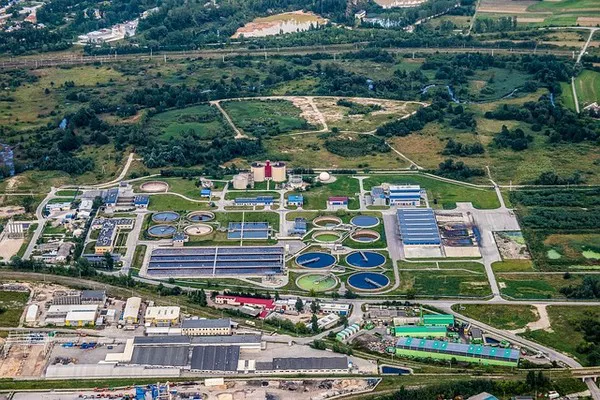Sewage treatment plants play a vital role in maintaining public health and environmental sustainability by treating wastewater before it is released back into natural water bodies. These facilities employ a sophisticated process to remove impurities and contaminants, ensuring that the discharged water meets strict quality standards. In this article, we will delve into the various stages and mechanisms involved in sewage treatment plants, shedding light on their significance in safeguarding both human health and the environment.
Primary Treatment:
The sewage treatment process begins with primary treatment, where large objects such as sticks, leaves, and other debris are removed from the raw sewage. This is typically achieved through screening processes and grit chambers, where heavier particles settle to the bottom. The partially treated water then moves on to the next stage.
Secondary Treatment:
The heart of sewage treatment lies in the secondary treatment phase, where biological processes are employed to break down organic matter. Microorganisms, including bacteria and fungi, are introduced to the wastewater to consume the remaining organic materials. This stage can be carried out through activated sludge processes or in specially designed lagoon systems.
In the activated sludge process, microorganisms are mixed with the sewage in aeration tanks, creating an environment conducive to microbial growth. The activated sludge, containing billions of microorganisms, breaks down the organic pollutants. The treated water is then separated from the sludge, which can be recycled or further treated.
Alternatively, lagoon systems use natural processes in large, shallow ponds where sunlight and oxygen promote the growth of bacteria and algae. This method is more common in rural or smaller communities where space is more readily available.
Tertiary Treatment:
While secondary treatment effectively removes a significant portion of contaminants, tertiary treatment is employed to further enhance water quality. This stage involves advanced processes to remove remaining impurities, including nutrients such as nitrogen and phosphorus. Common methods include filtration, chemical treatment, and advanced biological processes.
Filtration systems use sand, activated carbon, or other materials to capture fine particles and microorganisms. Chemical treatment may involve the addition of coagulants or disinfectants to precipitate impurities or kill remaining pathogens. Advanced biological processes, such as constructed wetlands, mimic natural ecosystems to provide additional treatment.
Disinfection:
Before the treated water is released into rivers, lakes, or oceans, a final step involves disinfection to eliminate any remaining harmful microorganisms. Chlorination, ultraviolet (UV) disinfection, or ozonation are common methods employed to ensure that the discharged water meets stringent health and safety standards.
Sludge Treatment and Disposal:
The solid residues generated during the treatment process, commonly referred to as sludge, also undergo thorough treatment. Sludge contains concentrated pollutants and pathogens and must be treated before disposal. Various methods, including anaerobic digestion, aerobic digestion, and composting, are used to stabilize and reduce the volume of sludge. The resulting biosolids can be safely recycled as fertilizers or disposed of in a responsible manner, minimizing environmental impact.
See Also: How Is Sludge Treated In A Wastewater Treatment Plant
Environmental Impact and Compliance:
Sewage treatment plants play a crucial role in protecting the environment by preventing the release of harmful pollutants into water bodies. Compliance with environmental regulations and standards is paramount, and sewage treatment facilities are subject to rigorous monitoring and testing to ensure their effluent meets specified criteria. Regular inspections and audits are conducted by environmental agencies to verify adherence to these standards, promoting accountability and environmental sustainability.
Public Awareness and Education:
While sewage treatment plants operate behind the scenes, their impact on public health and the environment is immense. Public awareness and education about the importance of responsible water use, proper disposal of household waste, and the significance of sewage treatment are essential components of a sustainable approach. Outreach programs, educational campaigns, and community engagement initiatives can help foster a sense of environmental responsibility among the public.
Conclusion:
Sewage treatment plants play a critical role in safeguarding public health and preserving the environment. The intricate processes involved in treating wastewater ensure that contaminants are removed, and the discharged water meets stringent quality standards. By understanding the mechanisms at work in these facilities, we can appreciate the significance of responsible water management and contribute to the collective effort to protect our water resources for future generations.

